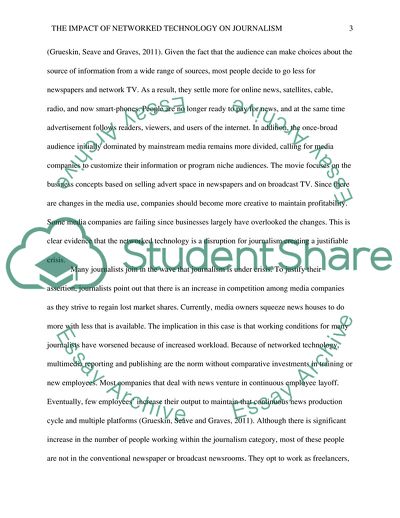Cite this document
(The Impact of Networked Technology on Journalism Report Example | Topics and Well Written Essays - 2000 words, n.d.)
The Impact of Networked Technology on Journalism Report Example | Topics and Well Written Essays - 2000 words. https://studentshare.org/journalism-communication/1845122-major-essay
The Impact of Networked Technology on Journalism Report Example | Topics and Well Written Essays - 2000 words. https://studentshare.org/journalism-communication/1845122-major-essay
(The Impact of Networked Technology on Journalism Report Example | Topics and Well Written Essays - 2000 Words)
The Impact of Networked Technology on Journalism Report Example | Topics and Well Written Essays - 2000 Words. https://studentshare.org/journalism-communication/1845122-major-essay.
The Impact of Networked Technology on Journalism Report Example | Topics and Well Written Essays - 2000 Words. https://studentshare.org/journalism-communication/1845122-major-essay.
“The Impact of Networked Technology on Journalism Report Example | Topics and Well Written Essays - 2000 Words”. https://studentshare.org/journalism-communication/1845122-major-essay.


